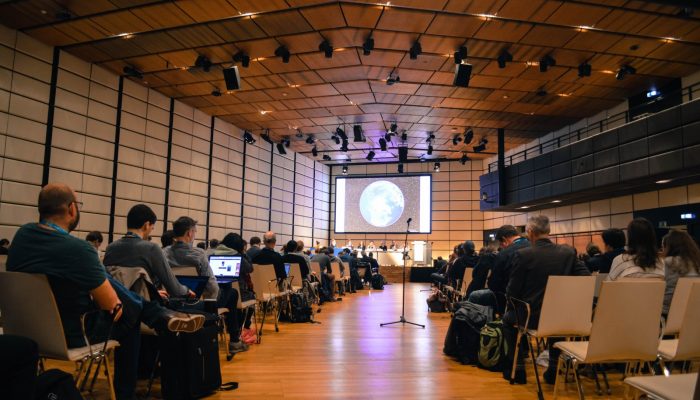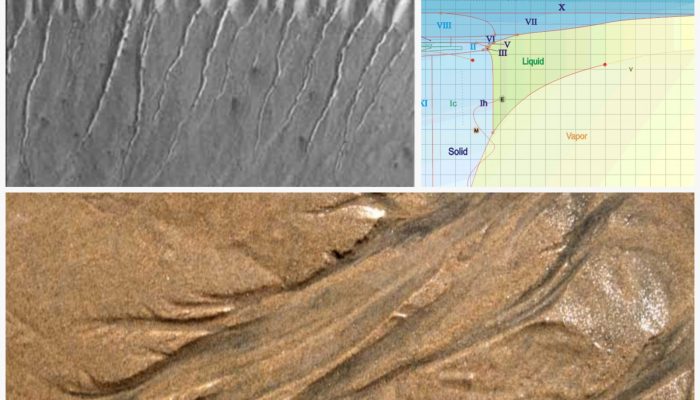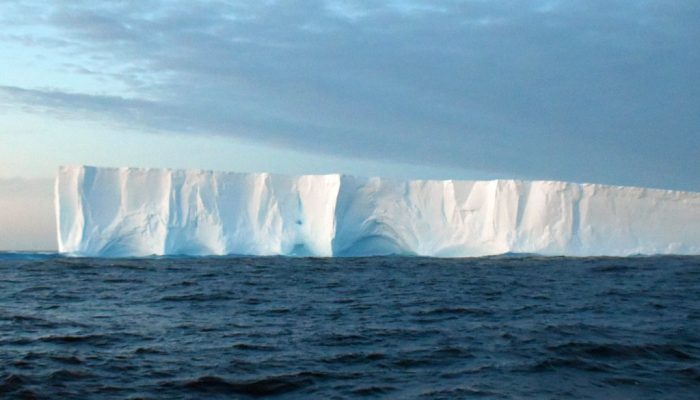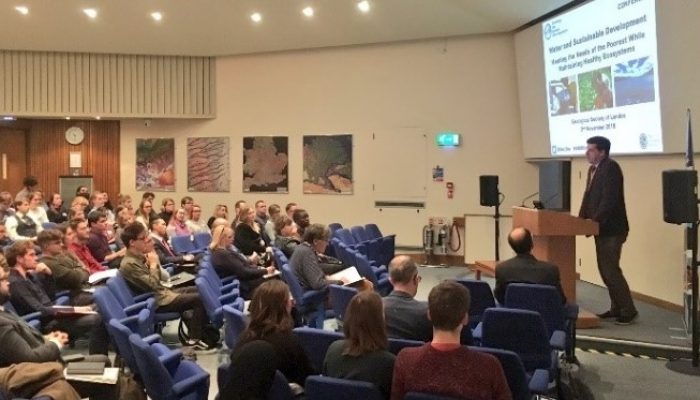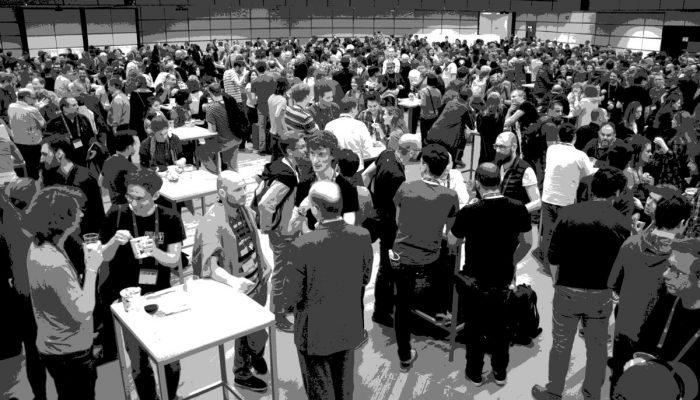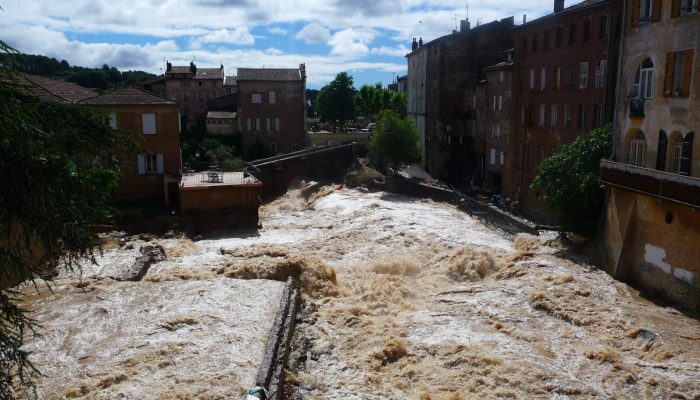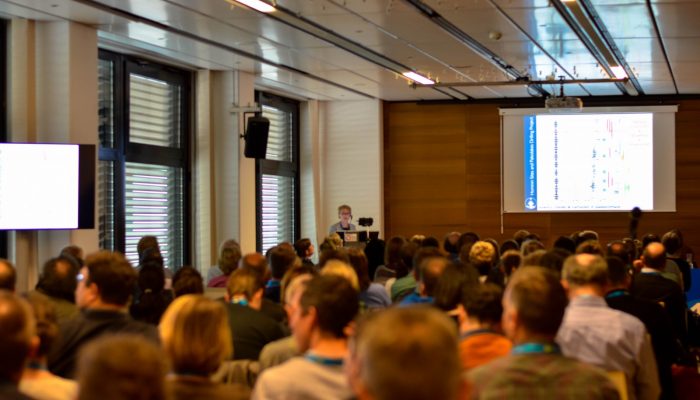Wondering what to expect at the General Assembly this year? Here are some of the highlights: Union Symposia (US) For events which will have general appeal, regardless of your field of research, look no further than the Union Symposia. The very first session celebrates 30 years of the WMO Global Atmosphere Watch Programme (US5). This session will highlight the need for, and illustrate exciting adva ...[Read More]
WaterUnderground
Celestial groundwater – the subsurface plumbing for extraterrestrial life support
Post by Kevin Befus, Assistant Professor in Civil and Architectural Engineering at the University of Wyoming. Have you ever taken a walk on the beach during a lowering (ebbing) tide and see mini-rivers grow and create beautiful drainage patterns before your eyes? These short-lived groundwater seepage features (Fig. 1A) are tiny (and fast) analogs of how groundwater has shaped some parts of Mars! ...[Read More]
GeoLog
Imaggeo on Mondays: High above the top of Europe
Sentinel-2B imaged the highest mountains of western Europe, just the moment an airplane was about to fly over the granite peaks of Grandes Jorasses and cross the border from France to Italy. The passengers on the right side of the plane must have enjoyed a spectacular view on Mont Blanc, just nine kilometers away to the south-west, and Mer de Glace, the longest glacier in France flowing down from ...[Read More]
GeoLog
Accessibility at the General Assembly 2019
In just a couple of weeks, thousands of geoscience professionals from around the world will convene in Vienna, Austria to take part in the EGU General Assembly, the largest geoscience conference in Europe! It’s important to the EGU that scientists are able to attend and enjoy this annual meeting to the fullest. Here are a few of the ways EGU’s annual meeting strives to accommodate our diverse comm ...[Read More]
Cryospheric Sciences
Image of the Week — Into Iceberg Alley
Crew in hardhats and red safety gear bustle about, preparing our ship for departure. A whale spouts nearby in the Straits of Magellan, a fluke waving in brief salute, before it submerges again. Our international team of 29 scientists and 2 science communicators, led by co-Chief Scientists Mike Weber and Maureen Raymo, is boarding the JOIDES Resolution, a scientific drilling ship. We’re about to jo ...[Read More]
Geology for Global Development
Water and Sustainable Development – 6th GfGD Annual Conference Event Report
Understanding, managing and protecting water resources is critical to the delivery of the UN Sustainable Development Goals (e.g., education, water and sanitation, healthy oceans, zero hunger, good health, gender equality, energy, industry, and biodiversity). Increasing urbanisation, industrialisation, and climate change, however, are increasing pressure on water supplies and reducing water quality ...[Read More]
GeoLog
Arts and Society at the General Assembly 2019
As well as a stimulating scientific programme, the upcoming EGU General Assembly will also feature several sessions and events that connect science, art and the public, as well as address how the geoscience community can help address major societal challenges. Read on for a sample of what to expect at this year’s EGU meeting, and of course, stay tuned to our social media channels and follow the of ...[Read More]
Natural Hazards
The CRED presents the bill: the socio-economic cost of natural hazards.
Which type of natural hazard is the most frequent? And which one causes the largest economic losses? Which populations are mainly affected? What are the necessary steps to reduce natural hazards’ impact? If you have ever wondered about any of these questions, you’d be interested to know that there is an institute answering all of them with a series of reports and ad hoc publications. We are ...[Read More]
GeoLog
Short courses at EGU 2019
At this year’s General Assembly there are loads of short courses to choose from for broadening your expertise. You can supercharge your scientific skills, broaden your base in science communication and pick up tips on how to boost your career – be it in academia or outside. There is also a course aimed at making your time at the conference easier – be sure to take part, especially if it is your fi ...[Read More]
Geology for Global Development
Is geological mapping becoming obsolete?
Geology students typically experience some form of mapping education as part of their course and attitudes towards this baptism into the geosciences vary from adoration to utter hatred. Whatever the opinions of the students, however, it is widely recognised that performing mapping exercises is an excellent way to learn the basics of structural geology which underpins aspects of both further geolog ...[Read More]

